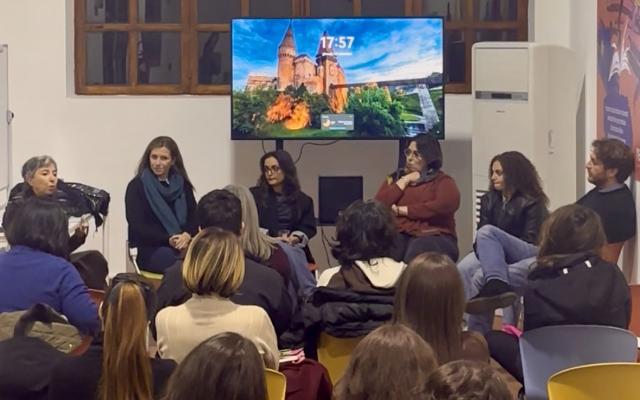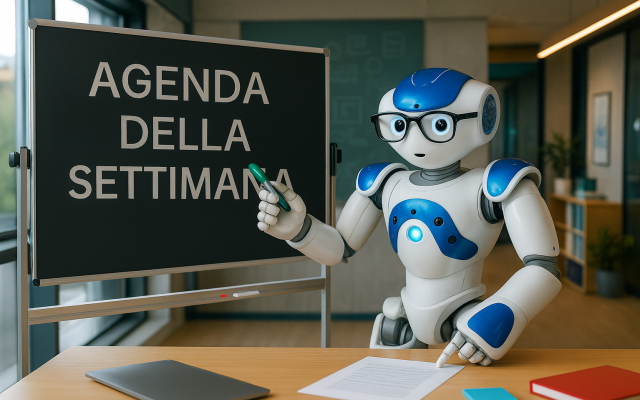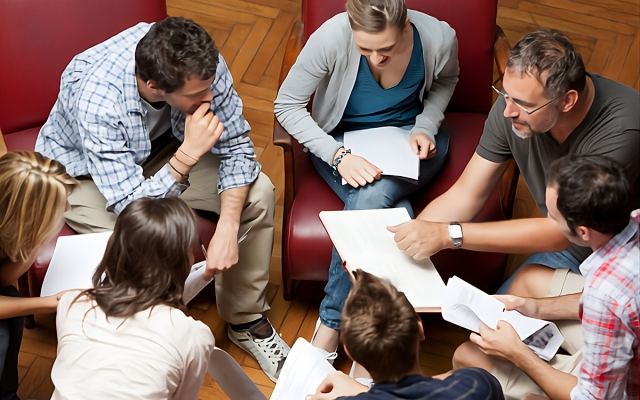2 min.
Tullio De Mauro, Professor Emeritus of the Rome “La Sapienza” University and President of the Fondazione Mondo Digitale kicked off the RomeCup 2011 (March 14, 10 am, ITIS Galileo Galilei, Via Conte Verde 51). The RomeCup programme includes two days of competitions (March 14-15), an exhibition area, didactic laboratories and workshops at Itis Galilei and IC Manin (via Bixio). The finals will take place on March 16th at the Campidoglio, the Rome City Hall, together with the Awards Ceremony and the institutional meeting in the Protomoteca Hall.
The Dancing Robots perform choreographies or interpret stories to the sway of music, alone or in teams. These are proper shows that entice the spectator for the precision and “natural” feel exuded by the robots’ movements. Two categories are present in the competitions: Dance and Theatre Performance. Each execution lasts 1-2 minutes. The Dance category entails movements in synchrony with the soundtrack. Robots must move on the basis of the music’s time and rhythm. The jury will evaluate both the choreography and the synchrony of movements to the music. Human team components can participate in the execution, but they are considered “objects”. The music is an important part of the show, even in the theatre category. Robots have to tell a story, just like in a theatre, with stage costumes. The jury will evaluate the interpretation.
The Dance primary category held at the RomeCup 2011 is valid for the RoboCup Junior selections. Robots dimensions can vary and be up to 4 metres high (higher robots must be authorized by the jury). There are no limits to the number of robots that compose a team. Robots must be controlled autonomously. They cannot be connected to a computer or other management device, including energy sources. During the performance, any robot on the field can communicate with any other robot from the same team, but the communication must take place via Infrared (IR), ultrasounds or Bluetooth.



